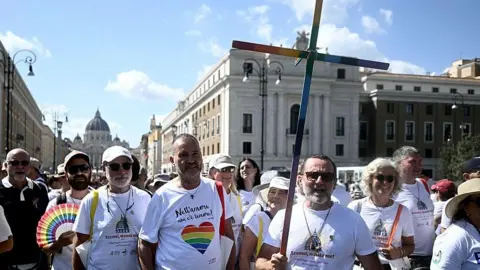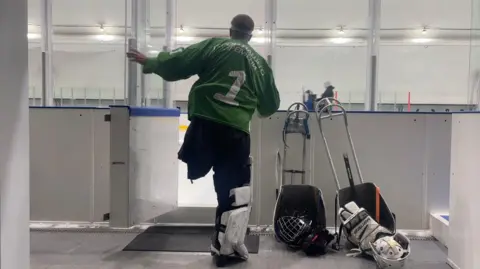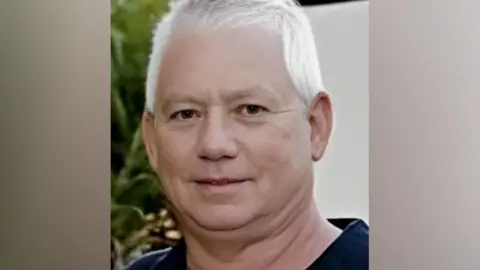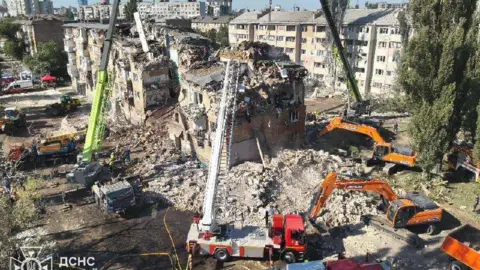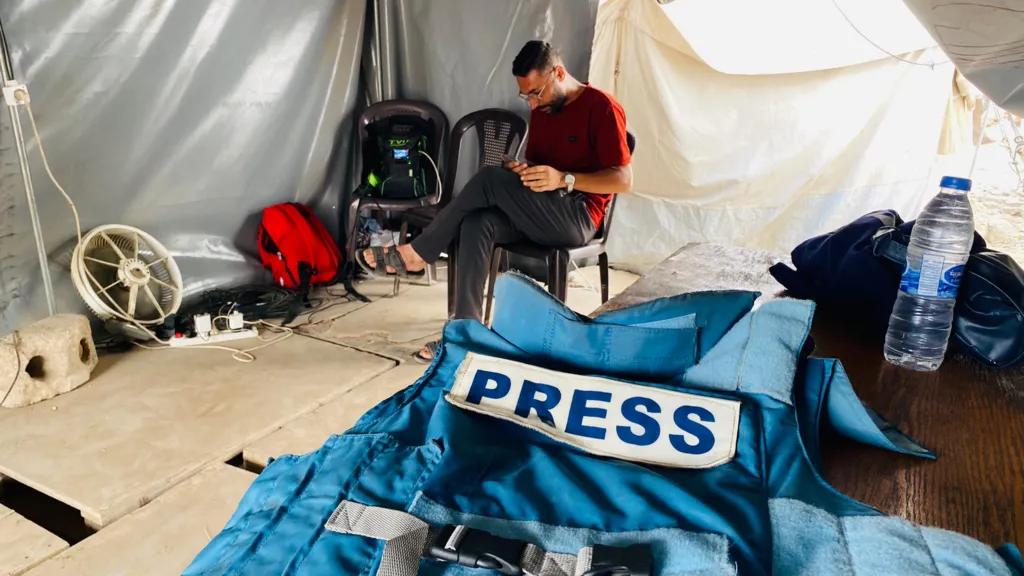In the northern region of Vietnam, scientists wearing white lab coats are carefully collecting samples from grave sites, hoping to unravel the fate of over a million soldiers still unaccounted for from the Vietnam War. These uncovered bones, aged decades and embedded in the saturated earth, tell a story of loss that reverberates with families, many of whom have been mourning for over 50 years.
On a humid June day, the atmosphere was solemn as grave diggers of varying academic backgrounds descended upon Tra Linh Cemetery. Researchers engaged in a hands-on examination of remains, led by a senior geneticist who is intimately familiar with the challenges posed by the country's highly acidic soil. The quest to identify these remains has garnered unprecedented urgency, particularly after a recent breakthrough in DNA technology—an innovation born out of international collaboration, including partnerships with the International Commission on Missing Persons.
For the first time, scientists can use microscopic DNA samples from severely degraded bones—some up to 70 years old—to connect fallen soldiers to their still-living relatives. This innovative process has the potential to heal old wounds in a society still grappling with the implications of its war-torn history. Families from both Vietnam's north and south may finally achieve closure as they trace their lost loved ones, while the collaboration might also enhance efforts to account for missing Americans, ensuring that legacy intertwines with that of Vietnam's own fallen.
The U.S. Defense Department's director of DNA operations, Tim McMahon, characterized these findings as “groundbreaking,” expressing optimism about the new identification methods. “It’s the next jump in identification,” he adds, indicating that success in Vietnam could set a precedent for use in global crises, from wildfires to natural disasters, where the loss of life leaves families seeking answers.
On a humid June day, the atmosphere was solemn as grave diggers of varying academic backgrounds descended upon Tra Linh Cemetery. Researchers engaged in a hands-on examination of remains, led by a senior geneticist who is intimately familiar with the challenges posed by the country's highly acidic soil. The quest to identify these remains has garnered unprecedented urgency, particularly after a recent breakthrough in DNA technology—an innovation born out of international collaboration, including partnerships with the International Commission on Missing Persons.
For the first time, scientists can use microscopic DNA samples from severely degraded bones—some up to 70 years old—to connect fallen soldiers to their still-living relatives. This innovative process has the potential to heal old wounds in a society still grappling with the implications of its war-torn history. Families from both Vietnam's north and south may finally achieve closure as they trace their lost loved ones, while the collaboration might also enhance efforts to account for missing Americans, ensuring that legacy intertwines with that of Vietnam's own fallen.
The U.S. Defense Department's director of DNA operations, Tim McMahon, characterized these findings as “groundbreaking,” expressing optimism about the new identification methods. “It’s the next jump in identification,” he adds, indicating that success in Vietnam could set a precedent for use in global crises, from wildfires to natural disasters, where the loss of life leaves families seeking answers.











